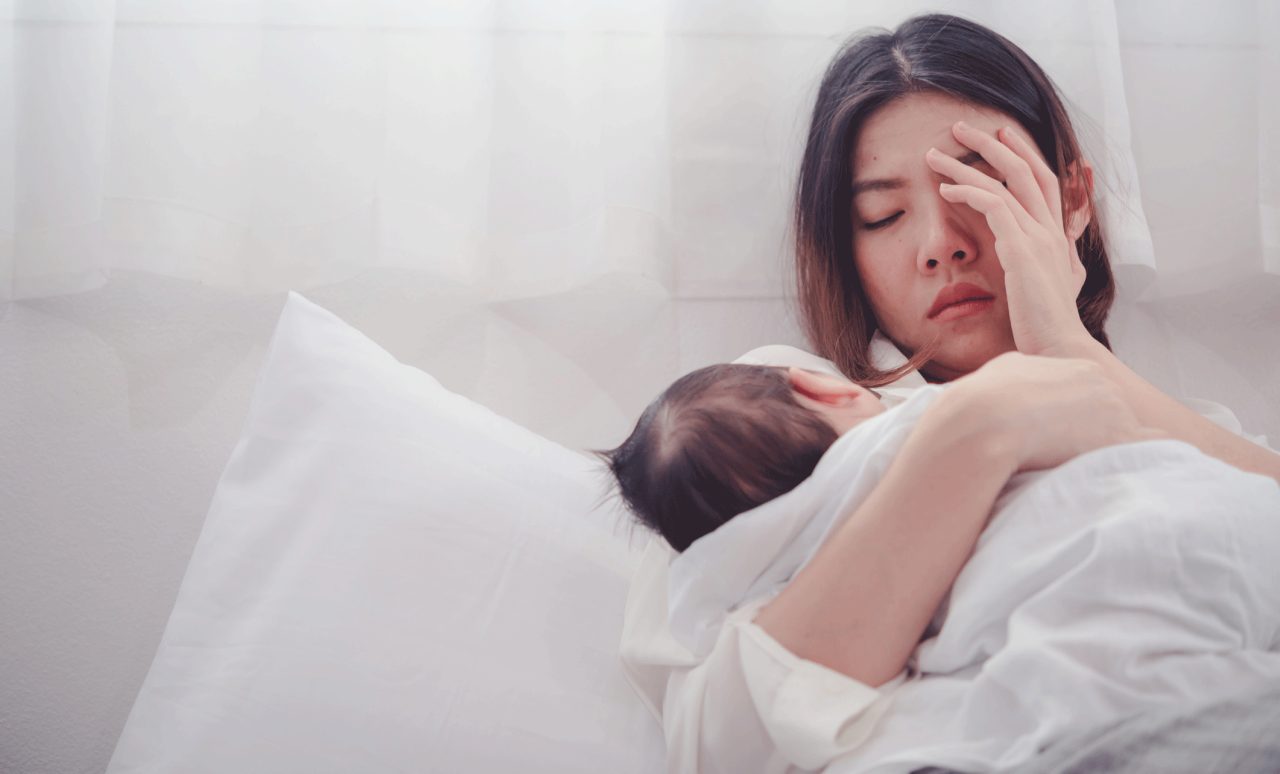Post-Pregnancy (Postpartum) Depression Is Common

Post-pregnancy depression is common for three years after birth. As many as one in four mothers may have symptoms three years after they give birth.
Research suggests that postpartum depression is both more common and can crop up later than doctors thought. The usual view of postpartum depression is that it affects about one in nine mothers and arrives within a year. However, a study from the National Institutes of Health (NIH), following 5,000 mothers, found that a much larger group — one in four mothers — had high levels of depression symptoms at some point in the three years after giving birth. The other mothers felt mildly depressed throughout the three years.
YOU MIGHT ALSO LIKE: Hope for Postpartum Depression
What is postpartum depression?
Postpartum depression isn’t the same as the “baby blues.” As their hormone levels plunge, many women become miserable two to three days after giving birth. It’s common to be angry with your newborn or your partners or your other children. You may have crying spells and trouble sleeping, eating, and making choices. But this dip usually gets better within days or by two weeks, without treatment.
Postpartum depression comes later, beginning most often between one to three weeks after childbirth. If you fit this diagnosis, your feelings last more than two weeks and become so overwhelming you can’t get through your chores. You may worry that you can’t care for your baby or don’t care enough to try.
The American Academy of Pediatrics recommends that pediatricians screen mothers for postpartum depression at well-child visits at one, two, four, and six months after childbirth. But the NIH study suggests that they need to be on the lookout for at least two years, the study authors said.
Mothers with a history of gestational diabetes or a previous mood disorder tended to do the worst. Older mothers and those with a college education did better.
The mothers fell into four groups:
- Three-quarters had mild symptoms the entire time. Of those with worse symptoms, more than 8 percent started off with mild symptoms that grew more severe over time.
- More than 12 percent fell into the “medium decreasing” group, with symptoms that were rougher but then tapered off.
- Another 4.5 percent were very depressed much of the three years.
- Infertility treatment, multiple births, pre-pregnancy body mass index (BMI), gestational hypertension, and sex soon after giving seemed unrelated to how you might experience postpartum depression.
Fathers of newborns can get depressed, as well. Doctors have been advised to check for depression symptoms for the first year after a child is born, although the symptoms are most likely to show up within three to six months after the birth. Men might be irritable, indecisive, and have a restricted range of emotion.
What causes postpartum depression?
Levels of estrogen and progesterone drop sharply in the hours after childbirth. It’s like the hormone dips before menstrual periods, but more dramaticly.
You’re at greater risk if you have a history of depression.
- If the pregnancy wasn’t planned, you may have trouble accepting the baby.
- If the baby is kept at the hospital, you may feel sad, angry, or guilty.
- You’re exhausted, often more so if you had a cesarean (C-section).
Lack of support from others can trigger postpartum depression. Other stressers like a recent death, a family illness, or moving to a new city can pull you down.
How is postpartum depression treated?
Talk to your doctors if you notice symptoms, or people around you are concerned. Both antidepressants and talk therapy can help. Antidepressants do reach your baby through breastmilk, but the amounts are low. You might also join a support group of new mothers, which may help you understand that you’re not the only one who has trouble with the challenges of a newborn or young child.
Updated:
December 28, 2020
Reviewed By:
Janet O’Dell, RN